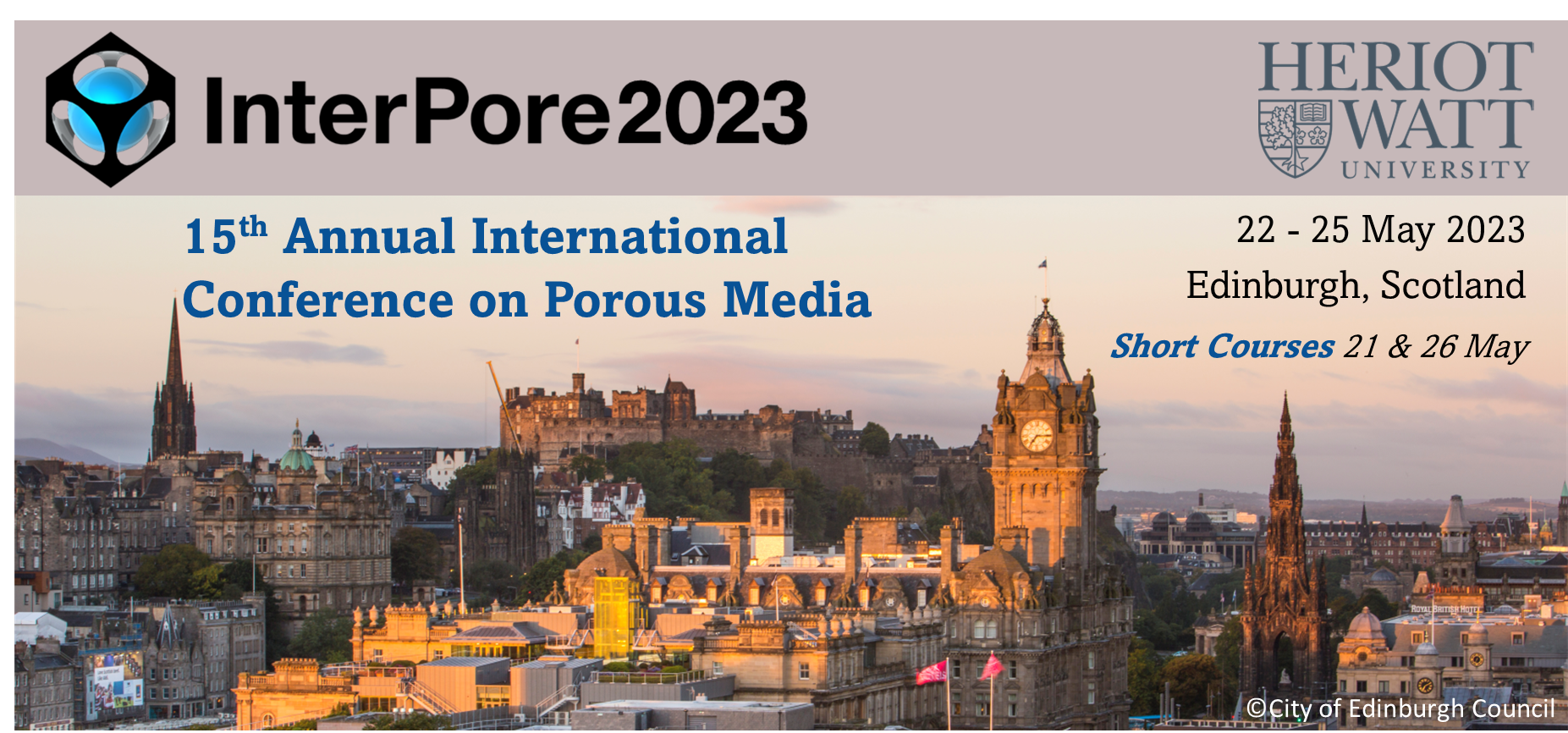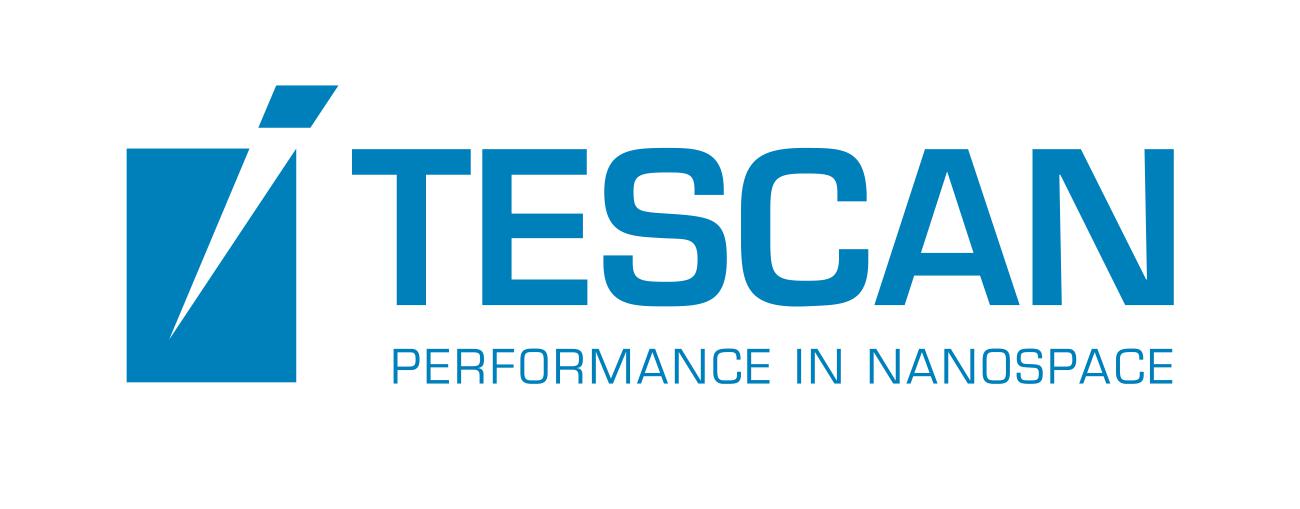Speaker
Description
The types, content changes and distribution of mineral components in unconventional reservoirs are complex and diverse, which brings great difficulties to reservoir evaluation. In order to more accurately carry out numerical simulation of rock physical properties based on digital cores, it is necessary to accurately identify and divide the skeleton, establish multi mineral 3D digital cores, and determine the types and distribution forms of each mineral component. The image multi-threshold segmentation of grayscale core images is a common method to obtain multi-component core images, but the thresholds need to be manually adjusted, which is time-consuming and may cause large errors. This study reveals the application advantages of semantic segmentation method in digital core, and establishes a multi mineral 3D digital core automatic semantic segmentation model based on depth learning. Firstly, the mineral distribution characteristics in the study area are obtained through QEMSCAN and the typical mineral types are determined. Secondly, it is proposed to use the typical mineral (glauberite) in the study area for feature similarity analysis to achieve automatic and accurate image registration. Then, the sample data is determined by image alignment, interpolation, image filtering, brightness averaging, sharpening and other preprocessing methods. Finally, a multi mineral 3D digital core semantic segmentation model based on depth learning is established. The obtained multi mineral 3D digital core is highly consistent with the QEMSCAN mineral analysis results, retaining the layered distribution of shale minerals, and is applied to conductive simulation and electrical property research.
| Participation | In-Person |
|---|---|
| Country | China |
| Energy Transition Focused Abstracts | This abstract is related to Energy Transition |
| MDPI Energies Student Poster Award | No, do not submit my presenation for the student posters award. |
| Acceptance of the Terms & Conditions | Click here to agree |







